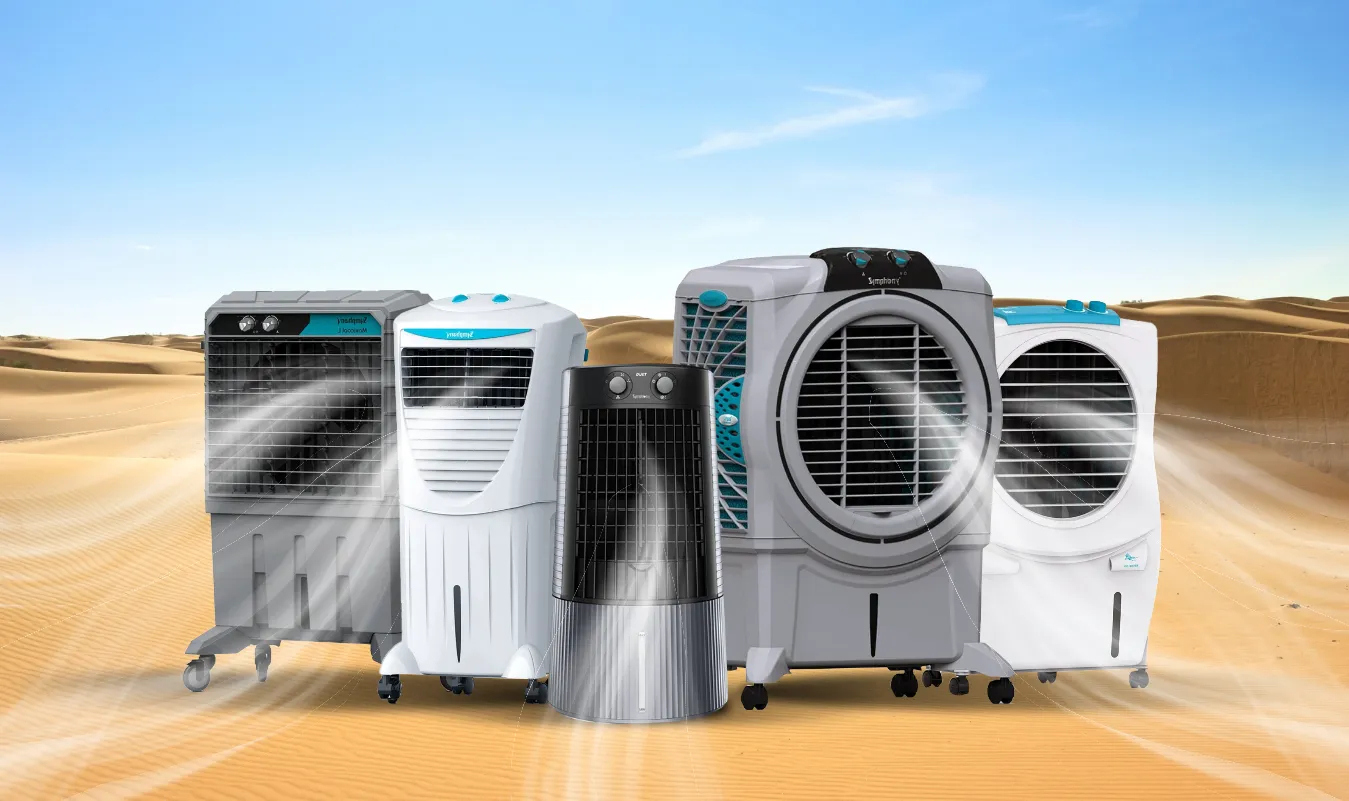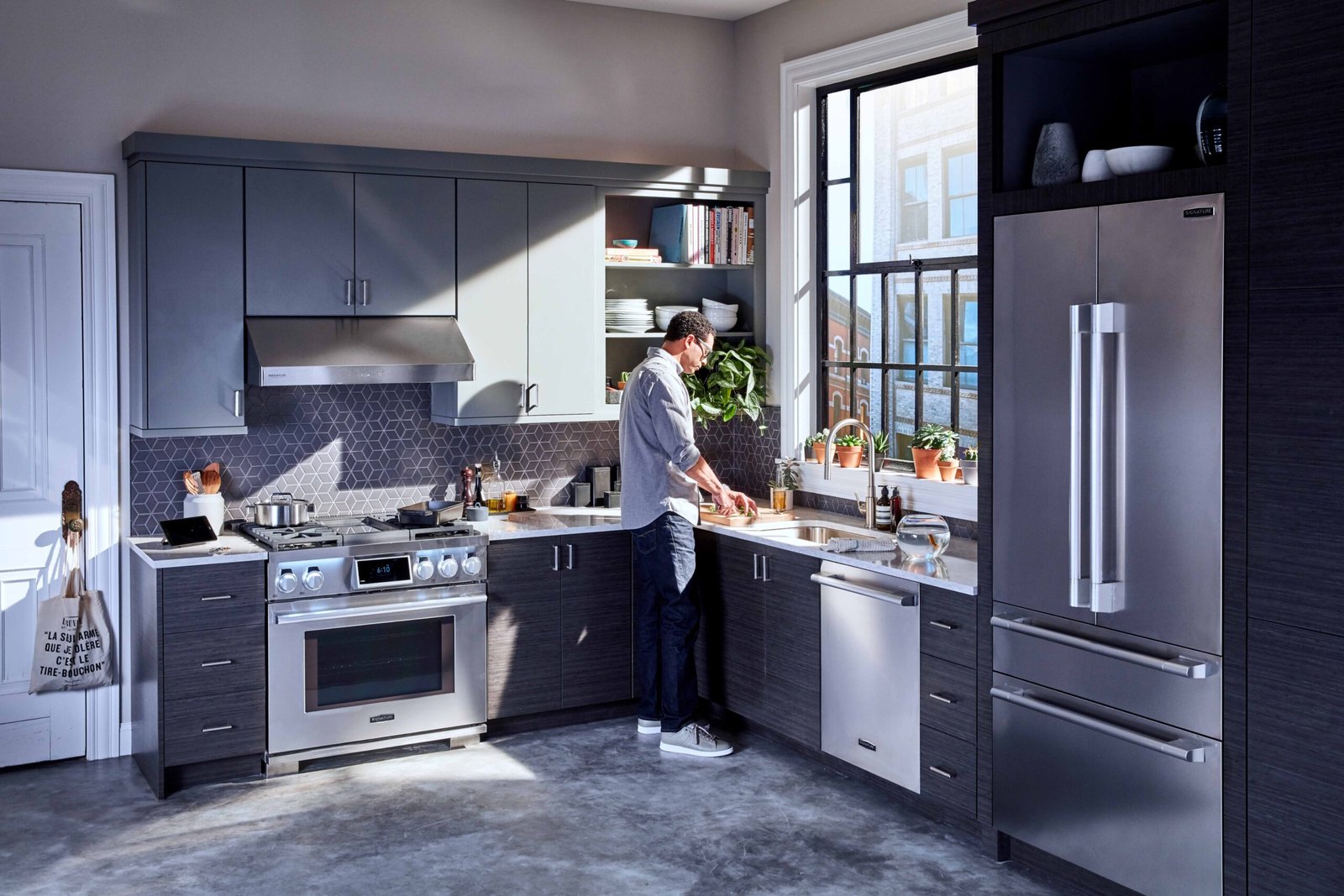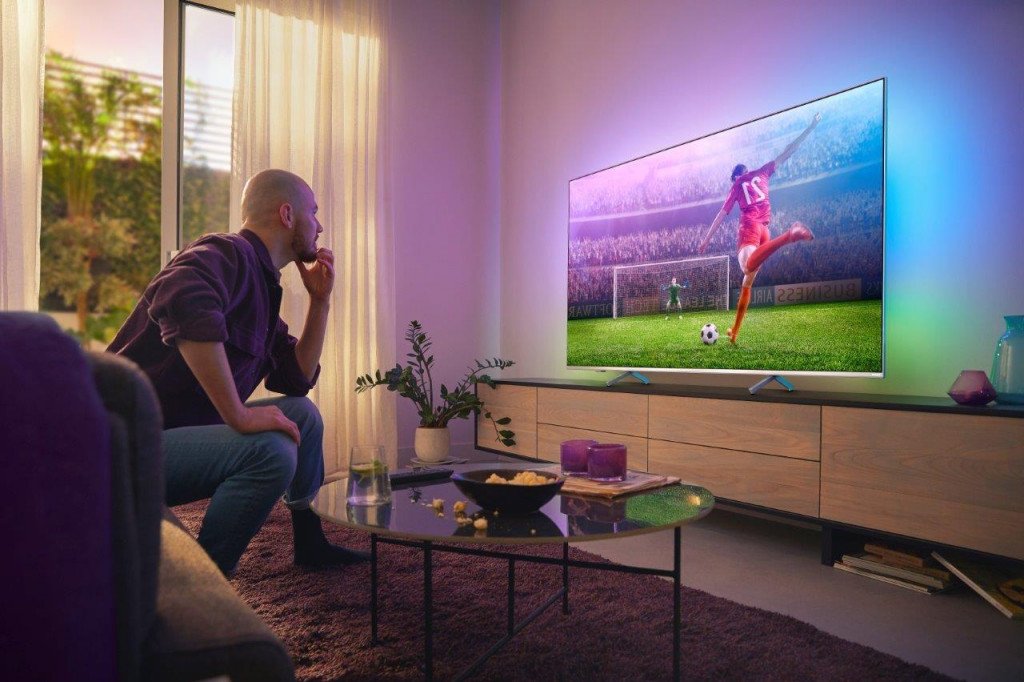5 Kitchen Hood Mistakes Buyers Always Regret!

Choosing the rightkitchen hoodis crucial for maintaining a fresh, clean cooking space. Many homeowners focus on looks or ignore important features, leading to smoky, greasy kitchens and noisy cooking areas. Let’s explore five common mistakes people make with their kitchen hoods and how to avoid them for a better cooking environment.
1. Picking Looks Over Power
Focusing only on style and ignoring suction power can leave your kitchen greasy and smoky. A kitchen hood that looks great but lacks sufficient airflow won’t remove cooking fumes and grease effectively. This results in sticky residue on walls and lingering odors that are hard to eliminate, affecting your kitchen’s cleanliness and air quality.
Why Suction Power Matters
Suction power (often measured in cubic feet per minute, or CFM) determines how much air your hood can move and filter out. For everyday cooking, a hood with at least 300-600 CFM is recommended, but for frequent frying or grilling, you’ll need higher suction to clear smoke and grease quickly. Without enough suction, pollutants stay in your kitchen, causing discomfort and health concerns.
How Proper Airflow Keeps Your Kitchen Fresh
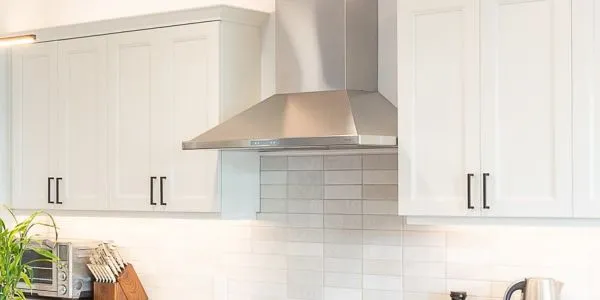
A powerful kitchen hood draws smoke, steam, and odors directly from the cooktop and vents them outside or filters them thoroughly before recirculating. Proper airflow prevents grease buildup on surfaces and reduces indoor pollution, making cooking more enjoyable and your kitchen easier to clean. Investing in a hood with strong suction means fresher air and less cleaning hassle.
2. Not Considering Noise
Noise levels are often overlooked but play a big role in your cooking comfort. A kitchen hood that is too loud can make cooking stressful and unpleasant, especially in open-plan homes where the kitchen shares space with living areas. Loud hoods may discourage their use or cause annoyance during meal prep.
What Noise Levels to Expect
Kitchen hoods produce sound measured in decibels (dB). A quiet model usually operates around 40-55 dB, similar to a normal conversation, while louder hoods can reach 70 dB or more, which is disruptive. Look for models that balance power with noise control — quieter motors and better airflow design reduce noise without sacrificing suction.
Choosing a Quiet Yet Effective Hood
When shopping, check product specifications for noise levels at different fan speeds. Opt for hoods with noise ratings below 60 dB at maximum power if you want a peaceful kitchen environment. Some hoods feature variable speed settings that allow you to use lower, quieter modes when heavy ventilation isn’t needed, saving energy too.
3. Getting the Wrong Hood Size
Getting the right kitchen hood size is essential because it must match your cooktop to clean the air properly. If your hood is too small, it won’t cover the cooking surface adequately, leaving smoke, grease, and odors to spread across your kitchen. On the other hand, a hood that’s too large can look awkward and may be unnecessarily expensive.
Measuring Your Cooktop for the Right Hood
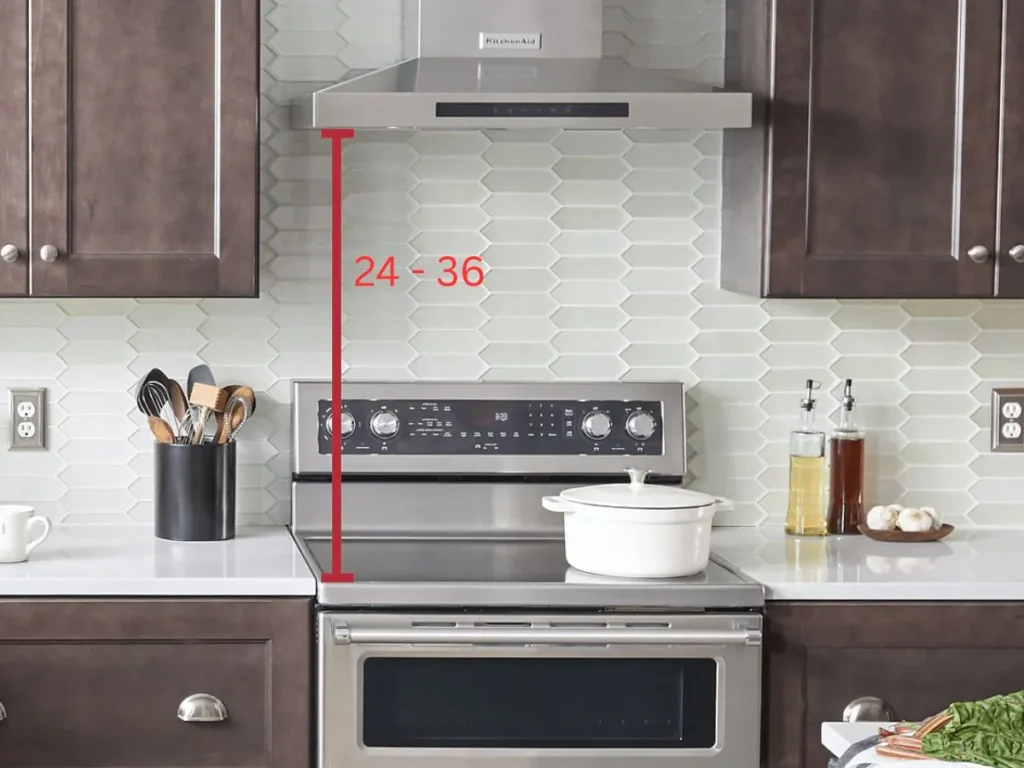
To choose the right hood size, first measure the width of your cooktop from one side to the other, keeping the tape measure parallel to the cooktop’s front edge. Most cooktops are between 24 and 36 inches wide. The kitchen hood should be at least as wide as your cooking surface, but ideally 6 inches wider for better coverage and suction. For example, if your cooktop is 30 inches wide, you should look for a hood that is about 36 inches wide.
How Much Overhang Is Ideal
The kitchen hood should overhang the cooktop by about 3 inches on each side, providing full coverage of the burners and ensuring smoke and steam don’t escape ventilation. Proper overhang also improves suction efficiency and prevents greasy buildup on walls and cabinets.
- Measure the cooking surface width accurately.
- Add 6 inches total for optimal hood width (3 inches on each side).
- Ensure the hood depth covers the full depth of the cooktop, typically around 18 to 22 inches.
By selecting the right hood size matched to your cooktop, your kitchen hood will better capture cooking fumes and keep your kitchen fresh and clean.
4. Overlooking Ventilation Type
Understanding the difference between ducted and ductless kitchen hoods is important as it affects how well your hood removes smoke, grease, and odors. Ducted hoods vent air directly outside, offering more effective removal of pollutants, while ductless hoods filter and recirculate the air back inside, which can be less efficient.
Benefits of Ducted Hoods
- Ducted hoods vent smoke, steam, and grease completely out of your home, maintaining better air quality.
- They are generally more powerful and suited for heavy cooking like frying or grilling.
- Venting outside reduces indoor moisture buildup, preventing mold and grease buildup on walls.
- Ducted hoods often have longer-lasting filters since grease doesn’t accumulate inside the ductwork.
Caring for Filters in Ductless Models
For ductless hoods, regular filter maintenance is key to maintaining performance since air passes through the filters before recirculating indoors.
- Charcoal filters absorb odors but need replacement every 3 to 6 months depending on usage.
- Grease filters capture grease particles and require cleaning every 1 to 2 months; many are dishwasher-safe for easy upkeep.
- Neglecting filter cleaning reduces suction and can cause unpleasant smells and fire hazards.
Maintaining filters properly ensures your ductless kitchen hood works efficiently despite its ventilation limitations.
Choosing the right hood size and ventilation type will directly impact your kitchen hood’s ability to keep your cooking space clean and odor-free. At Jalal Electronics, you can find a variety of kitchen hoods tailored to different kitchen sizes and ventilation needs, backed by expert advice to help you avoid these common mistakes.
5. Skipping Maintenance and Cleaning
Skipping maintenance and cleaning on your kitchen hood can seriously reduce its performance and even cause safety risks. When grease and dirt build up in the filters and ductwork, airflow is blocked, making your hood less effective at removing smoke, odors, and harmful particles. This not only leaves your kitchen smelling bad and greasy but also increases the chance of a fire hazard. Neglected hoods consume more energy and may break down sooner, costing you more in repairs or replacements. Regular cleaning keeps your hood working smoothly, protects your home, and maintains a fresh, healthy cooking environment.
Types of Filters and How Often to Clean
Your kitchen hood usually has two main filter types that need care:
- Grease filters catch oil and food particles. These should be cleaned every 1 to 2 months to avoid clogging. Many are dishwasher safe or can be washed with warm, soapy water.
- Charcoal filters are common in ductless hoods and help remove odors. They can’t be washed and typically need replacing every 3 to 6 months, depending on cooking frequency.
Regularly cleaning or replacing these filters ensures your hood captures kitchen fumes effectively and reduces grease buildup inside ducts.
Easy Maintenance Tips
- Set a cleaning schedule based on how often you cook — frequent frying means more frequent maintenance.
- Wipe down the hood exterior weekly to prevent dirt buildup.
- Check the fan and motor area for dust or grease and clean gently if accessible.
- Consider professional deep cleaning once or twice a year, especially for ducted systems, to remove hidden grease in vents and ducts.
Keeping your kitchen hood clean not only improves its suction power and noise levels but also lowers energy use and enhances safety. Jalal Electronics offers a variety of quality kitchen hoods with easy-to-clean designs and expert support to help you maintain your appliance well.
Conclusion
Maintaining a clean and efficient kitchen hood is essential to ensure good airflow, reduce grease buildup, and keep your cooking space fresh and safe. Neglecting regular maintenance and cleaning of filters decreases suction power, increases energy consumption, and can even pose a fire hazard. Whether you have a ducted or ductless hood, following proper care routines will extend your appliance’s life and improve overall kitchen ventilation.
At Jalal Electronics, we offer a wide range of kitchen hoods designed with easy maintenance in mind. Investing in quality products along with consistent upkeep helps you enjoy better air quality, energy savings, and peace of mind. Prioritize your kitchen hood’s care to create a cleaner, quieter, and safer cooking environment that meets your daily needs effortlessly.
FAQs!
What is a kitchen hood and why do I need one?
A kitchen hood is an appliance installed above your stove or cooktop that removes smoke, odors, steam, and grease from the air by venting it outside or filtering and recirculating it. It helps keep your kitchen air clean, prevents grease buildup, and improves indoor air quality.
How do I choose the right kitchen hood size?
Your kitchen hood should be at least as wide as your cooktop, ideally 6 inches wider (3 inches on each side), to properly capture smoke and fumes. Measure your cooktop width accurately before purchasing.
What is the difference between ducted and ductless kitchen hoods?
Ducted hoods vent air outside, offering more effective removal of smoke and grease. Ductless (recirculating) hoods filter and recycle air back indoors and rely on charcoal and grease filters, which need regular replacement or cleaning.
How often should I clean or replace kitchen hood filters?
Grease filters should be cleaned every 1 to 2 months, often dishwasher-safe or washable. Charcoal filters (used in ductless hoods) generally need replacing every 3 to 6 months depending on cooking habits.
What suction power (CFM) should I look for in a kitchen hood?
For regular cooking, a hood with 300 to 600 CFM is usually sufficient. For heavy frying or grilling, choose a higher CFM to ensure efficient smoke and odor removal.
Is noise an important factor when choosing a kitchen hood?
Yes, kitchen hoods can be noisy. Look for models with noise levels (measured in decibels) around 40-55 dB for quieter operation. Some hoods have variable speeds allowing quieter modes.
Can I install a kitchen hood myself?
Installation depends on the model and type of ventilation. Professional installation is recommended for ducted hoods to ensure proper venting and compliance with building codes.
What maintenance is required to keep my kitchen hood working effectively?
Regularly clean grease filters, replace charcoal filters if ductless, wipe down exterior surfaces, and consider professional deep cleaning for ducts and fans annually to maintain performance and safety.
What are some common problems with kitchen hoods?
Issues include poor ventilation, loud noise, grease buildup, and malfunctioning fans or lights. Regular maintenance and choosing the right hood size/power reduce these problems.
Does Jalal Electronics offer kitchen hoods suitable for all kitchen types?
Yes, Jalal Electronics provides a range of kitchen hoods, including ducted and ductless models, with different sizes, suction powers, and noise levels to fit various kitchens and cooking needs.


